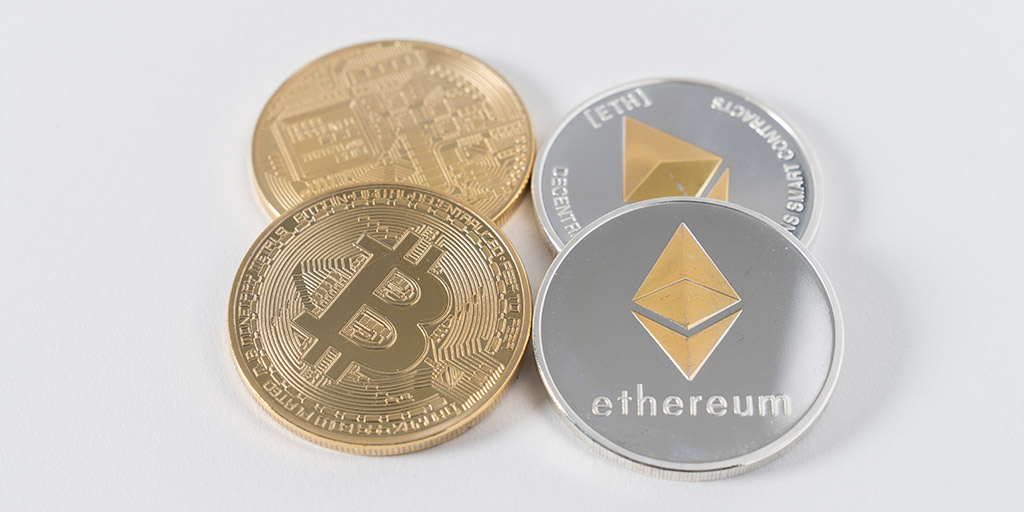In the early days of internet search, Infoseek, Yahoo, Jughead, and a hundred other companies all vied for market share. In the end, the upstart Google ate everyone’s lunch. Facebook did the same with social media.
Today, we are in the early stages of blockchain adoption and we’re seeing a similar pattern develop. There are two early adopters (Bitcoin and Ethereum) that have garnered significant market share, but there are also hundreds of others in the race and more joining all the time. We believe unless Bitcoin and Ethereum can reduce the environmental effects of their technology, both will follow Infoseek and Jughead to obscurity and a new blockchain will emerge to grab market share and pre-eminence.
The future of blockchain technology is inexorably tied to electricity consumption and may well have significant ramifications for life on our planet. Research from the Cambridge Centre for Alternative Finance at the University of Cambridge estimates within a matter of years, that the rapidly growing electricity consumption of Bitcoin alone has now exceeded that of Argentina, a country of 45 million people. As the price of bitcoin rises, so do the incentives driving this pollution. To understand why and to assess the likelihood of certain outcomes and future trends, we first need a basic understanding of why blockchains are eating up so much power.
The two dominant blockchains in the world today are Bitcoin and Ethereum. The founding characteristic of blockchain is data is copied and distributed across many locations on the internet, instead of being stored in one centralized location. There are two primary challenges to this approach: how do you get individuals to agree to store this data on their computers and how do you keep them honest.
Both Bitcoin and Ethereum use a “proof of work” strategy to keep those who record the transactions on the blockchain (miners) honest. Before a miner can record transactions in the blockchain and get paid, the miner must do some “work”. The “work” costs money in hardware and electricity. Only after a miner has spent this money can the transactions they are recording be validated by other miners in the system. If their transactions are validated, the miner gets paid in crypto-currency. If not, they lose the money they have already spent on electricity and hardware, giving the miner a financial incentive to be honest and accurate. Proof of work is often described as a mathematical puzzle the miner must solve, but this description is a bit misleading. The “mathematical puzzle” can only be solved by brute force. It is purely and entirely trial and error at mind-warping computer speed. In earlier years, people used personal computers to solve these trial and error problems, but those days have passed. Modern-day blockchain miners will run enough computing power to make 14 trillion guesses per second. The first one to solve the puzzle gets the privilege of recording transactions and, if they are validated, getting paid. Bitcoin strives to have the puzzle solved every 10 minutes, and hence the electricity usage of Argentina. Public blockchains themselves do not limit or license miners. There could be 10 Bitcoin miners or 10 million. It is a matter of financial incentive and how many entities decide to try their luck. Therefore, it is theoretically possible, for the price of Bitcoin to get so high that substantial electricity usage is diverted to mining for Bitcoin leaving little for everything else. This situation is taking place in Iran today which we will discuss later in this blog post.
In response, computer scientists have proposed switching from proof of work to something called “proof of stake”. Using a proof of stake consensus, miners use their own crypto currency as collateral which they will lose if their transactions are not validated. Ethereum estimates this new strategy will reduce electricity usage by 99%. As with many things, the devil is in the details. There is an excellent article which goes into great depth explaining all the challenges. Suffice to say, Ethereum has been saying for years they are going to move to proof of stake imminently and they have not done so. Bitcoin has not shared any plans
In addition to the technical challenges posed by the proof of stake model, Ethereum and Bitcoin also have to contend with a more daunting challenge: how to make the switch. switch. It’s a bit like replacing the engine of an aircraft in mid-flight. One company worth watching is Algorand - founded by MIT professor and Turing Award winner Silvio Micali, which is built from the ground up using proof of stake. To show their commitment to the environment, Algorand has taken it one step further and partnered with Climate Trade in order to assure that they are carbon negative. In Iran blockchain mining has contributed to recent blackouts, some nationwide. As bitcoin’s price continues to rise and more mining operations are set up, blackouts could happen in other parts of the world sparking a public backlash against the technology or governments. All of this weight might finally tip the scales and move us all away from the proof of work blockchains like Bitcoin and Ethereum.
As blockchain technology matures, one of the fascinating aspects to watch is whether or not Ethereum and Bitcoin can move to a “proof of stake” strategy and therefore cut their electricity consumption by 99%. If not, look for a new blockchain network like Algorand to emerge that will take over both.



